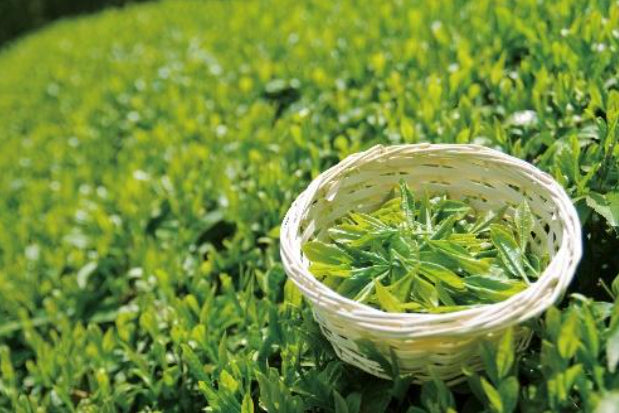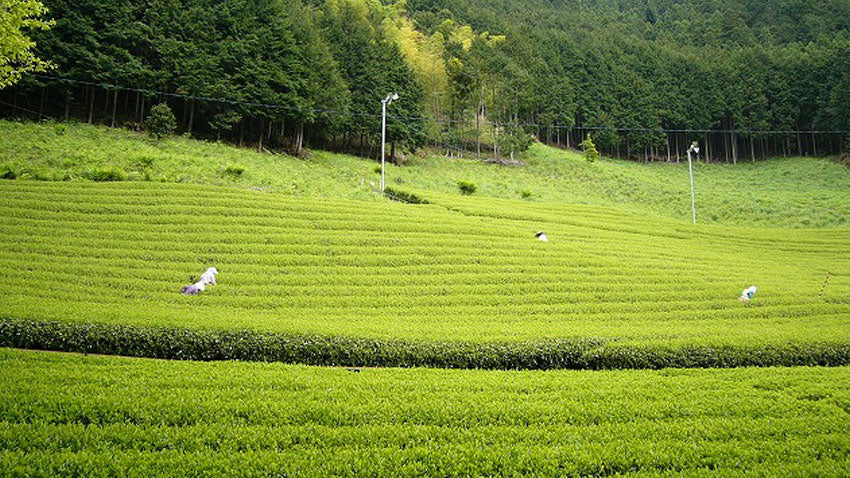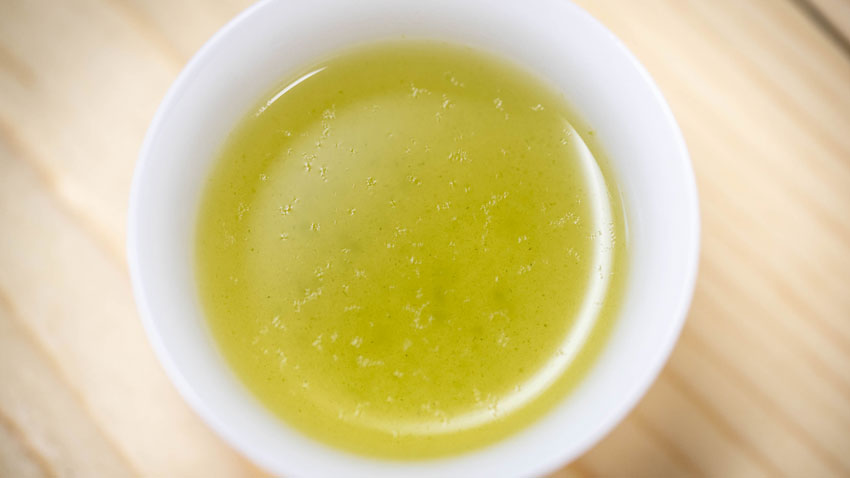Collection: Shincha
"Shin" means new, and "cha" means tea. Shincha, often called the first flush tea, is made from the tea picked during the first harvest in the spring. The first harvest of the year, usually from April to May, produces the highest quality tea in Japan.
-
Hashiri Shincha Asamushi
- Regular price
- from $12.75
- Sale price
- from $12.75
- Regular price
-
$0.00 - Unit price
- per
Out of stock -
Hashiri Shincha Fukamushi
- Regular price
- from $12.75
- Sale price
- from $12.75
- Regular price
-
$0.00 - Unit price
- per
Out of stock

What is so special about shincha?
During the winter the tea plant goes dormant and slowly pulls nutrients from the soil. The first leaves of the season are rich with these nutrients, including amino acids and catechins. These enhance the flavor and aroma of this first-harvest tea. Shincha has a bright, luminescent green color, strong aroma and pronounced sweetness. For our shincha we use tea leaves from specially contracted tea farmers and process it as little as possible to maintain its freshness.
Are most of your teas made from shincha?
Yes, most of Den’s Tea teas will be made from shincha - the first flush tea. So, any tea—sencha, gyokuro, matcha, kukicha, genmaicha…etc. could be shincha as long as it’s the first flush tea, however we normally call it shincha only if it is first flush SENCHA that is released right after its harvest in April and May.
What is different between shincha and regular sencha if they are both made from the first flush leaves anyway?

The key difference is in the roasting process. There is a roasting process to produce most types of Japanese tea. This process not only adds a nutty flavor to the tea, but also takes out the moisture so that the quality of the tea lasts longer. But the roasting process might erase the grassy or marine aromas that are also an appreciated by Japanese tea enjoyers. For our shincha, we roast then as little as possible to preserve more of the natural, grassy flavor. This is done only for seasonal shincha since we assume that it will be consumed shortly after purchasing. We recommend that you consume shincha within a month of arriving at your door. You may see that the tea has degraded in its quality the longer you keep it. This is because the moisture level of shincha is higher than regular sencha. Thus, shincha tastes fresher and has an especially natural flavor that is rare for a sencha to have. That’s why we import our seasonal shincha via air shipment. Whereas our regular sencha has calmer, more matured flavor, shincha is a little "younger" in its overall profile.
How is Hashiri Shincha different from Hachiju-Hachiya Shincha?
The difference has to do with the harvest time and steaming process. Hashiri Shincha is harvested and produced between April 20th to 25th, whereas Hachiju-hachiya Shincha is produced and harvested from May 1st to 5th.
Den’s favorite way to brew shincha
We recommend using 160°F water and infusing for 90 sec. Lower water temperatures (160°F or lower) provide an umami mouth feel and mellow, verdant flavor. However, you can also brew with hotter water, say 200°F for 45 sec. Pushing the tea like this results in a wild, grassy flavor and a bright, uplifting body feel. We recommend you try brewing it both ways.
Shincha Trivia

When you brew shincha you may notice what looks like white dust on the surface of the infused liquid. It's actually not dust at all, but a substance that grows on new buds and leaves called "mouji". Mouji shows up only on very young buds and tea leaves. It protects the new growth from the sun and insects and also helps maintain moisture and temperature. Mouji disappears when tea leaves are so mature that they no longer this protection. Mouji in your cup is safe to consume and proof that your shincha is made from young buds and leaves. We like to think that mouji is gift of Mother Nature!




